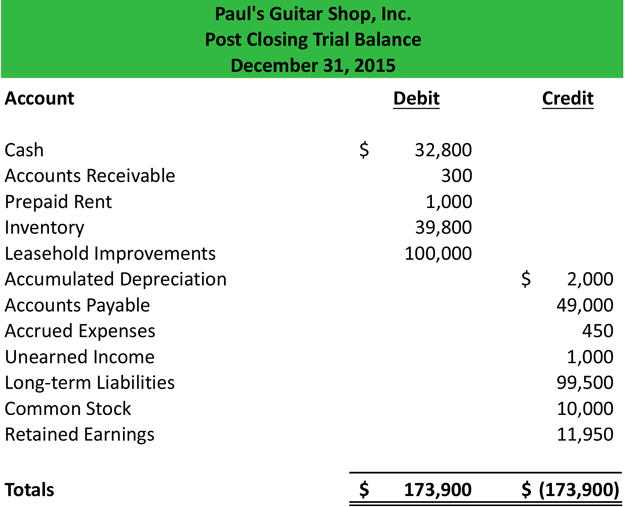Это помогло дилеру выйти на международный уровень и оказывать услуги инвесторам в более 150 странах. В 2006 году дилерский центр запустил терминал NPBTrader и подключил к межбанку. Сделки стали выводится на реальную биржу благодаря технологии STP/NDD.
Общая информация о компании
Компанией регулярно проводятся вебинары по различным темам, от основ фундаментального анализа и торговли на смене торговых сессий, до шаблонов торговых стратегий. Расписание вебинаров указано примерно на 2 месяца вперед, а записаться на них можно в любой момент. Перед записью вы можете ознакомиться с подробным описанием плана мероприятия, спикерами проекта и общей информацией.
Все способы пополнения доступны лишь после того, как клиент пройдёт верификацию, то есть подтвердит свою личность и адрес соответствующими документами. На счете Zero брокер LimeFX установил комиссию в размере 4 доллара США за полный лот. По сравнению с конкурентами, эта limefx развод комиссия довольно высока.
Акции и конкурсы
О надежности говорит и то, что корпоративные клиенты продолжают обслуживаться АО «Нефтепромбанк» с лицензией ЦБ РФ. Клиенты не жалуются на задержки при обработке заявок. Компания не манипулирует бонусами и не чинит препятствия при выводе. LimeFX сотрудничает с ведущими учебными центрами России, которые специализируются на различных направлениях финансовых рынков. Клиенты могут подобрать интересующие программы и вид обучения – очные и заочные курсы, семинары, лекции, видеоматериалы, литература.
Типы счетов
Это также может быть полезно для тех, кто хочет диверсифицировать свою торговую стратегию или увеличить свою прибыльность. Большим преимуществом для отечественных трейдеров является возможность открытия рублевых счетов и вывод денег на популярные в странах СНГ системы. Со слов пользователей, после ребрендинга в 2016 году, данный представитель индустрии обзавелся дополнительными сервисами, а его услуги стали еще более качественными. Особенно стоит отметить брокера для тех, кто ценит качественный технический анализ и разнообразие торговых инструментов. LimeFX также предлагает платформу для копирования сделок NPB Invest, которая представляет собой дополнительную возможность для инвесторов. Услуга позволяет инвесторам копировать сделки успешных трейдеров, что может быть особенно полезно для начинающих.
С другой стороны, прибыль на этих счетах также измеряется в центах, поэтому они не подойдут для тех, кто ищет возможность получить большую прибыль за короткое время. Но они идеально подходят для начинающих трейдеров, которые хотят обучиться торговле без значительных финансовых рисков. Моя первая регистрация в этой фирме была в 2015 году, тогда я не умел торговать и как-то не хотел обучаться, как следствие и проиграл весь депозит. Тогда я все забросил и снова вернулся в 2018 году, только в этот раз с книгами, литературой и хорошим консультантом. Уже сейчас я могу сказать, что их торговля внутри спреда — это, пожалуй, самое важное для отзывы о брокере limefx хорошего брокера. Зарабатывает фирма и зарабатывает инвестор, залог успешного сотрудничества.
- Swap Free счет, или Исламский счет – это торговый счет без свопов.
- Для новичков здесь постоянно проходят рекламные акции и можно на шару получить различные бонусы и приколюхи.
- Торговые платформы брокера предоставлены собственной NPBTrader и терминалом MetaTrader 4, которые доступны для Windows, MacOS.
- LimeFX предлагает достаточно широкий спектр инструментов для торговли, включая Форекс, CFD на металлы, энергоносители, индексы, акции, ETF и криптовалюты.
- Важно отметить, что кешбэк начисляется только на торговые счета типа Master.
Собраны эксклюзивные материалы, прогнозы, видеообзоры. Зарегистрированным клиентам предлагаются инструменты для анализа котировок и возможность получить консультацию у аналитика. Помимо этого, клиенты могут связаться со своим персональным менеджером, контакты которого предоставляются в приветственном email после регистрации личного кабинета.
Брокер работает по бизнес-модели STP/ECN, устраняющей конфликт интересов. Возмещение убытков трейдерам гарантирует членство в Financial Commission в размере € на каждую обоснованную претензию. C 1996 по 2024 год деятельность форекс-брокера LimeFX отмечена локальными и международными наградами. Проверить пока не получилось, это надо в приличную просадку уйти. По крайней мере менеджер заверил и в доках на сайте это отражено. Несколько дней уже активно отторговал, всё устраивает, замечаний нет.







